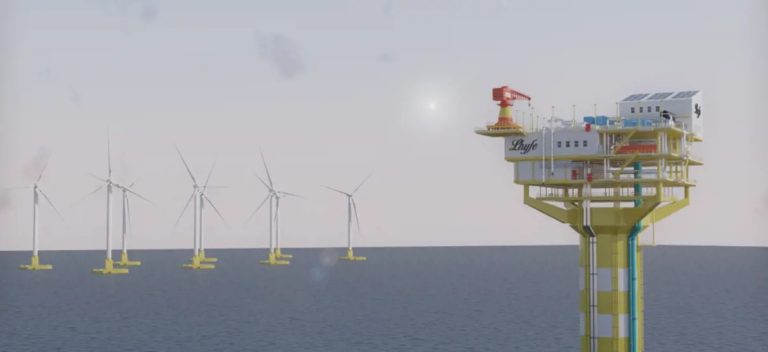
World’s largest hydrogen store
Under the agreement, Lhyfe and Centrica will explore combining their expertise to collaborate on a pilot green hydrogen production site in the Southern North Sea. The partnership is a large-scale one with Martin Scargill, managing director of Centrica Storage declaring that “hydrogen is set to play a key role in decarbonising the UK’s power supply by 2035” and the long-term ambition is “for our gas storage site, Rough (located off the coast of Humberside), to be the world’s largest hydrogen store, offering up to 16TWh of storage capacity.”
The pilot will aim to combine Lhyfe’s expertise on green hydrogen production and Centrica’s experience of gas storage and infrastructure to ensure that the hydrogen produced can be safely stored and utilised in the UK. The end result would be proof that an end-to-end hydrogen production, storage, and distribution system is possible in the country.
Colin Brown, UK and Ireland country manager of Lhyfe, said: “We are pleased to announce this agreement with Centrica, which represents an exciting opportunity to drive forward the clean energy transition through large-scale offshore green hydrogen production.”
Martin added: “We are delighted to be working with our partners Lhyfe on another exciting and world-leading Hydrogen project. This pilot will show how green hydrogen can be produced, moved and stored in the UK market; all while supporting the UK on its net zero journey.”
Multi-tech approach
The energy firms will also examine an additional partnership to deploy the technology at commercial scale alongside offshore wind electricity production.
“Offshore electrolysis coupled with hydrogen storage will maximise the huge potential of offshore wind around the UK,” Colin said. “The UK can become a global leader in the production of renewable green hydrogen, moving away from our reliance on fossil fuels and improving our homegrown energy security, while delivering net zero and boosting local economies.”
Renewable green hydrogen coupled with offshore wind power is expected to play an increasingly important role in the UK’s energy mix, particularly with rapid expansion expected in both of these areas over the next 5-10 years.
The UK Government has doubled its low-carbon hydrogen production target from 5GW to 10GW by 2030, with at least half of this coming from green hydrogen. Hydrogen production is expected to initially support decarbonisation of industrial clusters, like the Humber cluster with further use cases developing with a growing hydrogen economy.
A recent report by the Climate Change Committee confirmed the essential role of hydrogen production, storage and use in achieving the goal of a net zero electricity system in the UK by 2035.
